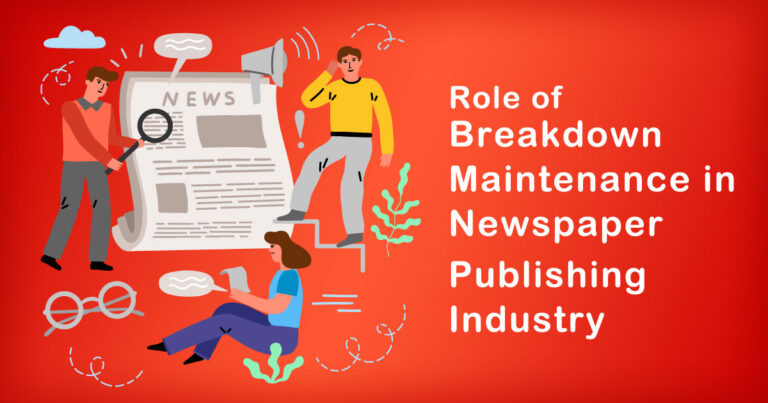Introduction
In the fast-paced world of pharmaceutical manufacturing, efficiency and productivity are paramount to meet increasing demands and maintain competitive advantages. The ability to improvise and make informed decisions swiftly can turn a maintenance professional into a true superhero in a pharmaceutical factory. To achieve this, four key performance indicators (KPIs) play a crucial role: Mean Time to Acknowledge (MTTA), Mean Time to Repair (MTTR), Mean Time Between Failures (MTBF), and Mean Time to Failure (MTTF). Let’s delve into each of these KPIs and explore industry-specific examples of assets and maintenance activities.
1) Mean Time to Acknowledge (MTTA)
MTTA measures the time taken from when an asset registers an issue to when the maintenance team acknowledges it. Reducing MTTA enhances the responsiveness of the maintenance team, enabling them to address problems promptly and minimize downtime. This KPI ensures that issues are identified and reported without delay, preventing potential escalation and improving overall equipment effectiveness (OEE).
Example: In a pharmaceutical factory, an automated filling machine experiences a fluctuation in the filling pressure, indicating a potential issue. A sensor on the machine detects the anomaly and immediately notifies the maintenance team through an integrated computerized maintenance management system (CMMS). The maintenance team receives the notification, acknowledges it within minutes, and promptly initiates an investigation.
2) Mean Time to Repair (MTTR)
MTTR quantifies the average time required to repair a failed asset and bring it back into operational condition. Reducing MTTR is crucial to minimize production interruptions and maintain optimal throughput. A shorter MTTR directly correlates to increased asset reliability and availability, resulting in improved overall plant performance.
Example: A pharmaceutical factory’s high-speed blister packaging machine suffers from a mechanical breakdown, halting the packaging process. The maintenance team quickly arrives at the scene with proper tools and spare parts, efficiently identifies the issue, and restores the machine within a few hours.
3) Mean Time Between Failures (MTBF)
MTBF measures the average time between two consecutive failures of an asset. It provides valuable insights into the reliability and stability of the equipment. A higher MTBF indicates increased asset dependability and a lower likelihood of unexpected failures, allowing the maintenance team to plan preventive measures proactively.
Example: A pharmaceutical factory’s HVAC system experiences occasional breakdowns due to clogged filters. By analyzing historical data, the maintenance team identifies the root cause and implements a preventive maintenance schedule to clean and replace filters regularly. As a result, the MTBF of the HVAC system significantly increases, leading to a more stable manufacturing environment.
4) Mean Time to Failure (MTTF)
MTTF represents the average operating time of an asset before it fails or becomes unserviceable. It helps maintenance teams predict the useful life of critical equipment and plan for timely replacements or upgrades, ensuring continuous production and reducing unplanned downtime.
Example: The analytical laboratory equipment in a pharmaceutical factory has a specified lifespan of five years. By tracking the MTTF of these assets and conducting regular condition assessments, the maintenance team can proactively replace aging equipment before it reaches its end of life, preventing potential failures during crucial quality testing processes.
Conclusion
In the high-pressure environment of a pharmaceutical factory, mastering the art of improvisation and quick decision-making is essential. The four key performance indicators – MTTA, MTTR, MTBF, and MTTF – play a vital role in transforming maintenance professionals into superheroes of improvisation. By reducing MTTA, expediting repairs with a lower MTTR, improving asset reliability with a higher MTBF, and predicting asset lifespans with MTTF, maintenance teams can ensure seamless operations, increased productivity, and optimal efficiency.
The use of these KPIs in the pharmaceutical industry ensures that valuable assets, such as filling machines, blister packaging machines, HVAC systems, and laboratory equipment, are effectively maintained to uphold GMP (Good Manufacturing Practices) standards and deliver high-quality pharmaceutical products to market. By focusing on these KPIs and constantly refining maintenance strategies, pharmaceutical factories can propel themselves to the forefront of the industry, staying ahead of the competition and meeting the ever-evolving demands of patients and consumers.








